The best tools to create AI product page shots
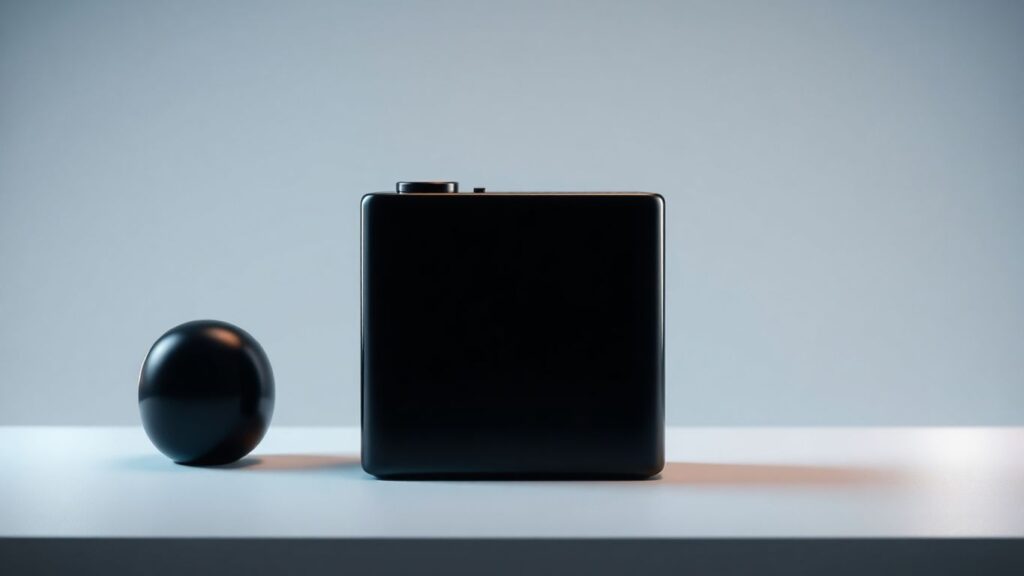
Getting great photos of your products is super important if you’re selling stuff online. You know, the kind of pictures that make people stop scrolling and actually look. It used to be a real headache, either spending ages editing yourself or shelling out cash for a photographer. But now, there are these cool AI tools that can help. They make creating eye-catching product shots way easier. I’ve been playing around with a bunch of them, and here are some of the best tools to create AI product page shots that I found.
Key Takeaways
-
AI tools can significantly speed up the process of creating product photos, saving time and money for businesses.
-
Look for tools that preserve product details, offer good background generation, and have easy-to-use interfaces.
-
Some AI tools specialize in specific features like placing products on virtual models or generating lifestyle scenes.
-
While AI is powerful, combining it with a human touch and checking the output for quality can yield the best results.
-
Experimenting with different tools and their free trials is recommended to find the best fit for your specific needs and budget.
1. Claid.ai

Claid.ai is a pretty solid option if you’re looking to get your product photos looking sharp without a ton of hassle. It’s basically an all-in-one spot for cleaning up, making better, and even creating new product images. Think of it as a digital studio that’s specifically trained on product photography, which is a big deal because it means it’s good at keeping your product’s logos and shapes intact. They’ve been working on their AI since 2018, so they’ve had a good amount of time to figure things out.
One of the coolest things they offer is the AI background generator. You can describe the scene you want, and boom, your product is placed right in it. This is super handy for making your items look like they’re in a lifestyle setting or a professional studio, all generated from text. They also have tools to instantly remove backgrounds, which is great for getting those clean, consistent shots needed for catalogs. Plus, if your photos are a bit dark or faded, their fix light & colors tool can brighten them up for a more professional look. It’s designed to be easy to use, so you don’t need to be a Photoshop wizard to get good results. They even have a free trial, which is always a nice way to test the waters before committing to anything.
Claid.ai focuses specifically on product photography, which means its AI is fine-tuned for the unique challenges of showcasing items online. This specialization helps it preserve important details like logos and product shapes, setting it apart from more general image generators.
They also have some other neat features like AI fashion models, which can turn a flat image of clothing into a shot with a model wearing it, and AI video generation from still images. For businesses that need to process a lot of images, they offer an API that can help automate editing and ensure consistency across your product listings. Many businesses have found it saves them a significant amount of time and money on editing. You can check out their API options if you’re looking to integrate this into a larger workflow.
2. WeShop AI
WeShop AI is a pretty interesting tool that offers a bunch of features for product photography. It’s got things like a background remover, an image enhancer, and even a magic eraser to clean up your shots. What really stands out, though, is its ability to create AI models and generate realistic backgrounds for your products. You can even use their virtual try-on feature with these AI models.
Creating your own AI model or generating a new background takes about a minute, which is quite fast. When you first sign up, you get 200 free points to play around with. The interface is clean and makes you want to jump right in and start creating.
Here’s a quick rundown of how you might use it:
-
Upload your product image(s): You can upload up to nine pictures.
-
Enhance if needed: If your image is a bit blurry, tools like the Upscale feature can help sharpen it up. You pick how much you want to upscale and the method.
-
Choose a background: WeShop AI has a library of backgrounds, or you can upload your own.
-
Add a description (optional): There’s an AI feature that can write a description for you based on the image.
-
Set image size and style: Pick your desired format (like Instagram square) and choose between realism or similarity to the original image.
-
Generate: Decide how many images you want, and let the AI do its thing. Each generation uses up some of your points.
I tried it out with a water bottle, and while the upscaling did make the image clearer, the AI product photography part had some quirks. Sometimes the generated images had odd details, like a hand with too many fingers, or the product didn’t blend perfectly. However, it did a good job with shadows on the background, which added a nice touch.
The AI Model tool is also quite capable. You can upload a photo of yourself or a model, and the AI will generate new images with different backgrounds and poses. It’s pretty good at replicating clothing and hair, but sometimes the proportions can be a bit off, or there might be strange floating objects. The Magic Eraser is handy for fixing these minor issues.
Overall, WeShop AI seems like a solid option, especially for its AI product photography features. It’s worth checking out if you need to quickly generate product shots with different backgrounds or want to experiment with AI models.
3. Phot.AI
Phot.AI really stands out as a comprehensive toolkit for anyone needing to spruce up product photos. It’s like having a whole editing studio packed into one platform. You get tools for removing backgrounds, swapping them out, getting rid of unwanted objects, or even adding new ones. The generative fill feature is pretty neat, letting you replace parts of an image with something else entirely.
I found their background replacement tool to be quite effective. You upload your product, and it offers various scene options, or you can let the AI surprise you. For instance, I tried it with a simple water bottle, and the AI placed it in a scene with flowers and grass, which looked surprisingly good, though removing the watermark does require a paid plan.
Here’s a quick look at what you can expect with their pricing:
-
Free Plan: Decent for trying things out.
-
Pro Plan: Around $9/month (billed annually) for unlimited elements, backgrounds, and a commercial license.
-
Unlimited Plan: About $20/month if you need more cloud storage and want the AI to handle most of the heavy lifting.
While the image-to-image tool didn’t quite capture my likeness perfectly – it felt like a different person was in the photo – the overall functionality for product shots is strong. It’s a solid choice if you want AI to do a lot of the heavy lifting for your e-commerce visuals.
They also have features like an AI image extender, which is useful for expanding backgrounds, though this often requires signing up and upgrading. If you’re looking for a one-stop shop for many of your product photography needs, Phot.AI is definitely worth a look. It simplifies a lot of the complex editing tasks, making professional-looking results more accessible. You can even explore AI video generators to complement your static product images.
4. AdCreative.ai
AdCreative.ai is a pretty robust platform that goes beyond just generating product shots. It’s designed to help you create entire ad campaigns, which is a big plus if you’re looking to streamline your marketing efforts. You can generate everything from product photos and fashion shots to ad copy and even social media creatives. One of the standout features is its ability to generate ad texts using AdLLM, their own language model, which is trained on proven copywriting frameworks. This means the text is geared towards driving sales and engagement, which is exactly what you want.
When you first start, you can set up your brand by importing details from your website. This automatically pulls in your brand colors, theme, and logo, which you can then tweak. It’s a neat way to ensure consistency across all your generated visuals. After that, you can dive into the specific tools.
I was particularly impressed with the “Product Photo Ad” generator. You upload your product image, and then you can choose from various background styles, including holiday themes or AI-recommended custom styles. You can even upload a reference image to guide the AI. The results were genuinely stunning, looking like they came straight from a professional photoshoot. Plus, each image comes with a “Commercially Safe” tag, so you know you can use them without worry. After generating the images, you can directly convert them into ads by adding headlines, calls to action, and logos.
Here’s a quick look at what you can do:
-
Generate product photos with custom backgrounds.
-
Create fashion photoshoots with various AI models or your own uploaded images.
-
Write high-converting ad copy using their proprietary LLM.
-
Design social media creatives and other ad assets.
The platform also includes a compliance checker, which is a smart addition for making sure your ads don’t run afoul of brand or platform policies. It’s a good way to avoid potential issues before you even launch your campaign.
Pricing starts at a reasonable $25 per month, with options for more downloads and advanced features, including a custom enterprise plan. They also offer a free trial, giving you up to 10 free downloads to test the waters. It’s a solid tool if you’re looking to scale your business with AI-generated ad creatives and want a tool that can handle more than just a single image. You can get started by signing up for a free trial on AdCreative.ai.
5. Freepik AI Image Generator
Freepik AI Image Generator is a neat addition to their already robust creative suite. It’s not just a standalone tool; it plays well with others like their AI Background Remover and Image Extender. This makes it pretty flexible and straightforward to use, especially since it’s powered by advanced models. You can get a feel for it with their free plan, which lets you generate a limited number of images daily. It’s a good way to see if it fits your workflow before committing.
What really caught my eye was the variety of models you can choose from before you even hit generate. Plus, there are filters for composition and visual style, which is handy for getting closer to what you envision right from the start. It’s a solid option if you’re looking for a tool that integrates well with other design tasks.
Freepik’s AI Image Generator is built to work smoothly with other tools in their creative suite, offering flexibility and ease of use powered by advanced models.
If you’re interested in exploring how AI can simplify your creative process, you might find tools like this helpful for building AI-powered applications without needing to code. You can start creating your account on Freepik and begin generating images to see what it can do for your product shots.
6. Dezgo
Dezgo is a pretty interesting option if you’re looking to generate product images using AI, and it’s free to get started. It’s powered by something called Flux AI, which sounds fancy, but basically, it means you can just type in what you want and it tries to make it. I tried it out with a prompt for a coffee cup, asking for specific details like coffee art, chocolate edges, and even initials on the cup. The results were surprisingly good, especially considering how many AI tools struggle with text on images. Dezgo actually handled the initials quite well, and the whole image looked pretty realistic in under 30 seconds. You can also pick your output format, like JPG or PNG.
They have a few different generation modes, like “Flux,” “XL Lightning,” and “XLI.” I found that the “Flux” mode seemed to work best for getting text right on things, like on a lampshade I tested. Some other modes were okay, but the text wasn’t as clear. It’s definitely a tool where you might need to experiment a bit with different settings and prompts to get exactly what you’re looking for. It’s not always perfect, and sometimes the AI doesn’t follow the prompt exactly, but for a free tool, it’s quite capable.
Dezgo also offers other features like an image upscaler, which can double the size of your images, and an “Inpainting from Text” tool. This lets you change parts of an image using text prompts, which can be handy for edits. I tried it on a coffee image, but the results were a bit strange, replacing the coffee with something else entirely. It seems like prompt engineering is key here. They also have a background remover tool that’s pretty straightforward – upload your image, hit run, and you can get the image with a transparent background or a mask. It’s a decent all-around tool, especially if you’re on a budget and need to create product shots. If you’re interested in exploring more about AI image generation, you might find resources on AI video generators helpful for understanding the broader landscape.
7. Luminar Neo
Luminar Neo is a photo editing software that packs a punch with its AI-powered tools. It’s designed to make enhancing your product photos much simpler, cutting down on the time you’d normally spend fiddling with settings. You can use it on Windows or macOS, and it even works as a plugin for Photoshop and Lightroom if you’re already using those.
It’s pretty straightforward to get the hang of, even if you’re not a professional editor. The AI handles a lot of the heavy lifting, like improving lighting, removing unwanted objects, or even changing the sky in your shots. For product photos, this means you can quickly get a cleaner, more polished look without needing to be a Photoshop wizard.
Luminar Neo aims to simplify complex editing tasks through artificial intelligence, making professional-looking results accessible to a wider range of users.
When it comes to pricing, Luminar Neo offers a couple of options:
-
Subscription: A 12-month subscription costs around $25, billed annually.
-
One-time Purchase: You can also opt for a Lifetime Perpetual License for a one-time payment of about $45.
This makes it a pretty flexible choice, depending on whether you prefer ongoing access or a single purchase for long-term use. It’s a solid option if you want to add some AI magic to your product photography workflow without a steep learning curve or a huge price tag.
8. Adobe Firefly

Adobe Firefly is part of the bigger Adobe creative suite, and it’s their take on generative AI for images. You can use it to make all sorts of pictures, including product shots, by just typing in what you want. It fits in nicely if you already use other Adobe programs like Photoshop or Illustrator. The text-to-image part is pretty neat – you describe something, and it makes it. It’s good for people who like to experiment creatively, but it’s not specifically built just for product photos like some other tools out there.
What it does:
-
Makes images from text descriptions.
-
Has a ‘Generative Fill’ feature.
-
Can change text effects and colors.
-
Future updates might include making templates, extending images, and creating patterns from text.
It’s a solid option for general creative image generation, but it might not be the most direct route for specialized product photography.
While Firefly is powerful for creative tasks and integrates well with other Adobe tools, its workflow for product-specific tasks can be a bit manual. You might find yourself spending extra time selecting and refining product cutouts, and sometimes the AI can alter the original product details in unexpected ways. This makes it less ideal if you need quick, precise product shots without a lot of tweaking.
Adobe Firefly has a free tier that gives you 20 credits per month, though the images will have a watermark. If you want to skip the watermark and get more credits, the Premium plan is only $5 a month, which is quite affordable. They also have a plan that offers 100 credits for $5/month. This makes it an accessible tool for many users. You can find out more about their offerings on firefly.adobe.com.
9. Pebblely
If you’re tired of plain product photos and want to give them a bit of life without a huge budget, Pebblely is definitely worth a look. It’s designed to take your existing product shots and place them into all sorts of different scenes, making them look like they belong in a lifestyle magazine or a specific setting. Think of it as a super-powered background generator for your products.
What’s really neat is how it handles the product itself. It tries to blend your item into the new background, even adding shadows and reflections to make it look more natural. While it’s not always perfect, it does a pretty good job of keeping your product looking sharp and clear, without weird AI artifacts messing it up. You can pick from pre-made styles or try to guide the AI with your own text prompts. They also have a “Generate+” option if you want higher quality, though it takes a bit longer.
Pebblely makes it easy to create professional-looking product photos quickly and affordably. It’s a great way to make your items stand out without needing expensive photoshoots or a lot of editing skills.
Here’s a quick rundown of what you can do:
-
Generate lifestyle scenes: Place your product in various real-world settings.
-
Customize backgrounds: Use text prompts or choose from templates.
-
Add realistic effects: The tool attempts to create natural shadows and reflections.
-
Preserve product detail: Focuses on keeping your product clear and unaltered.
It’s a pretty straightforward tool, especially if you’re not looking to spend hours fiddling with complex software. For e-commerce sellers or anyone needing to make their products look good for social media or ads, Pebblely AI can save a lot of time and hassle.
10. Flair.ai
Flair.ai feels a bit different from the other tools out there. It’s got this design studio vibe, which is pretty cool if you’re into that kind of thing. You can actually add 3D objects and even human models to your product shots. This really lets you get creative with how you present your items, making them look like they’re in a real-life setting or a conceptual studio shot. It’s a step up from just slapping a product onto a plain background.
What sets Flair.ai apart is its project-based workflow. Think of it like a Figma canvas, but for product images. You get a library of props and human models to play with, which gives you a lot of control. It’s not the quickest tool to pick up, though. If you’re looking for something super simple, this might take a bit more time to get the hang of. But if you want to really customize your scenes and have more artistic freedom, it’s worth the effort.
Flair.ai offers a unique project-based workflow that provides extensive customization options, allowing users to integrate 3D objects and human models into their product imagery for more dynamic and realistic scenes.
Wrapping Up Your AI Product Photography Journey
So, we’ve looked at a bunch of AI tools that can really help make your product photos look professional. Whether you need to quickly swap out backgrounds, make your product images sharper, or even put your items on virtual models, there’s an AI tool out there for you. Remember, these tools are great for saving time and money, especially for small businesses. Don’t be afraid to try out a few different options to see what fits your workflow best. Keep experimenting with prompts and settings, and always give the final images a once-over to make sure they’re just right. AI is changing how we do product photography, and using it smartly can definitely give your brand a boost.
Frequently Asked Questions
What is AI product photography?
AI product photography uses artificial intelligence to help create pictures of your products. It can automatically change backgrounds, make pictures look better, and even put your products on virtual models. This makes getting great product photos much faster and easier.
Can AI completely replace a professional photographer?
While AI tools are amazing for making product photos look professional quickly, they might not always capture the unique feeling or tiny details a human photographer can. Think of AI as a super helpful assistant, but for very special shots, a human touch might still be best.
What makes a good AI tool for product photos?
A good AI tool should keep your product’s details, like logos and textures, looking exactly the same. It should also be easy to use, let you change backgrounds, make pictures sharper, and maybe even add your products to different scenes or models without much fuss.
How do I pick the best AI tool for my business?
Think about what you need most. Do you need to change backgrounds a lot? Do you want to put your products on models? Also, consider how easy the tool is to use, how much it costs, and if it can grow with your business. Trying out free versions is a great way to see what works.
Can AI help me make product photos for social media?
Absolutely! Many AI tools are designed to create eye-catching images perfect for social media. They can help you quickly make different versions of your product photos to see what gets the most attention from your followers.
Is using AI for product photos expensive?
Not necessarily! Many AI tools have free options or affordable plans that are much cheaper than hiring a professional photographer. This makes it a great way for small businesses or people just starting out to get high-quality product images without breaking the bank.
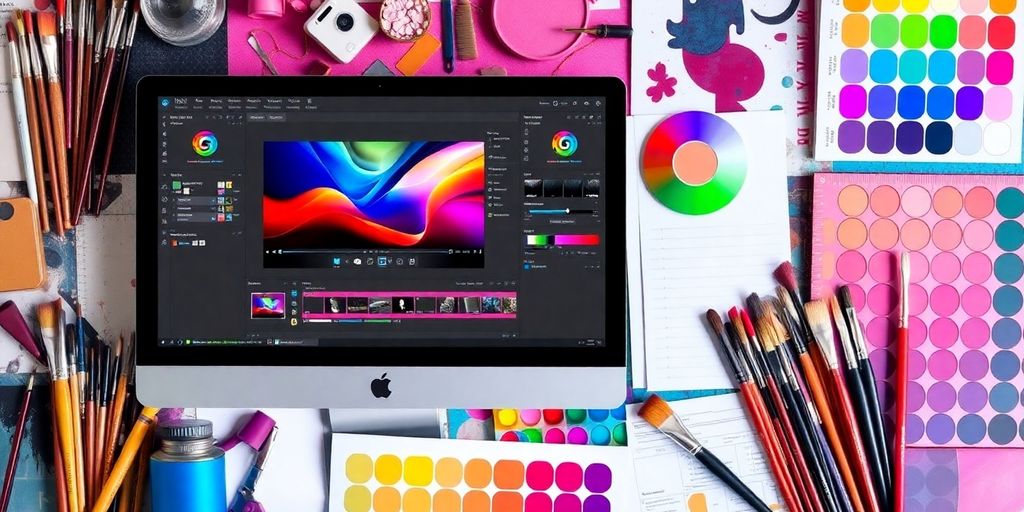
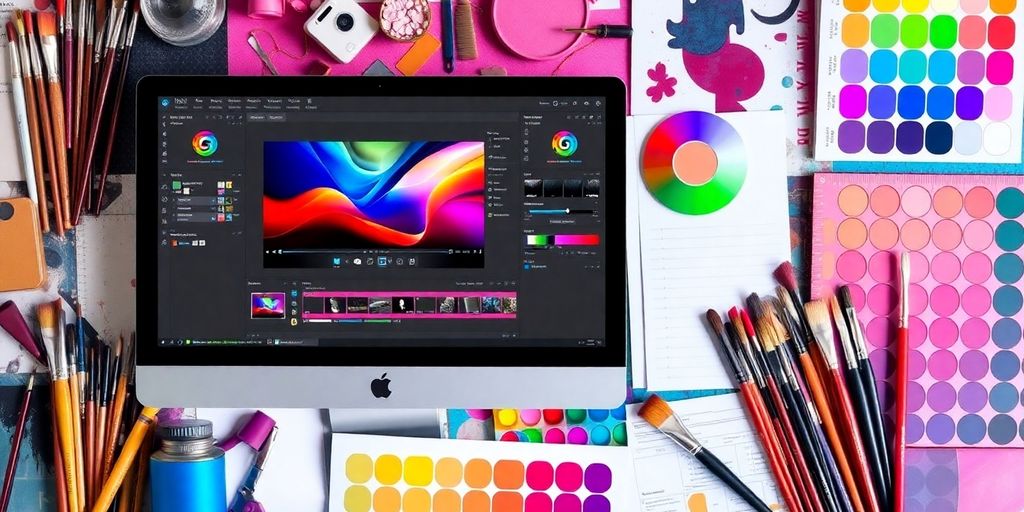
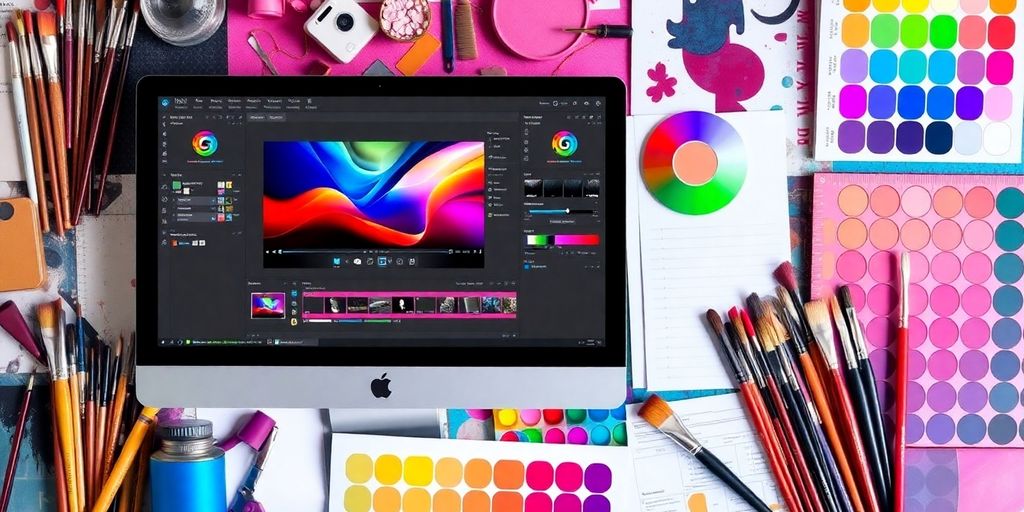
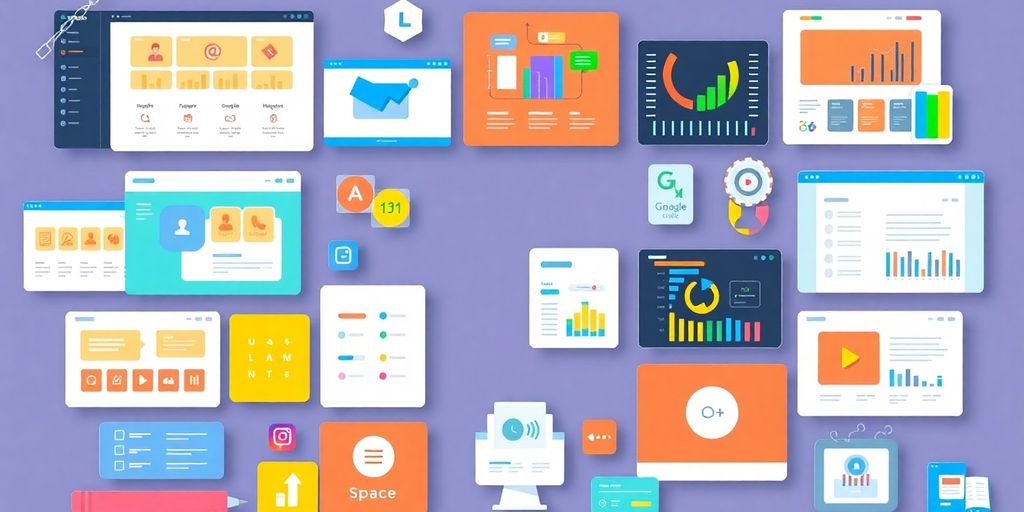
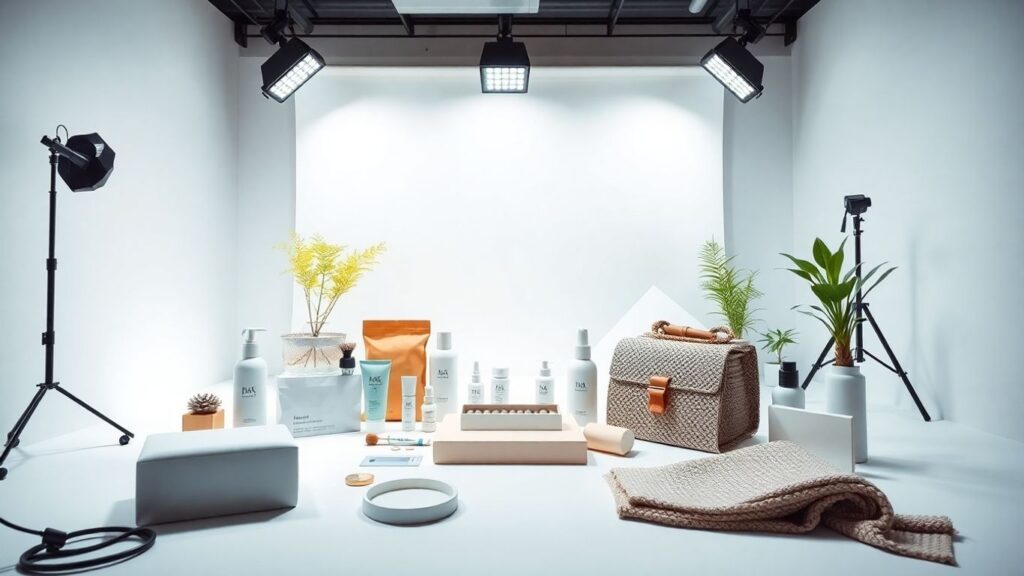
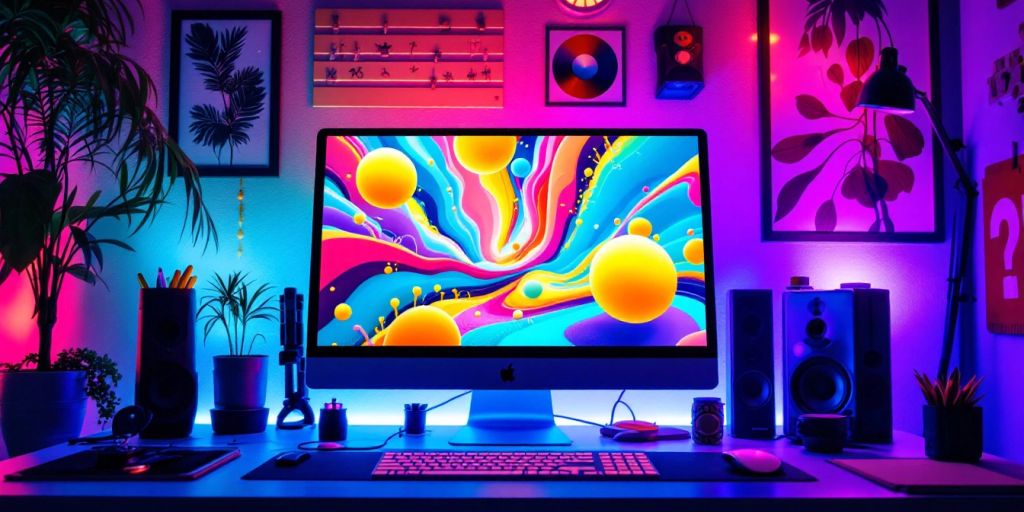
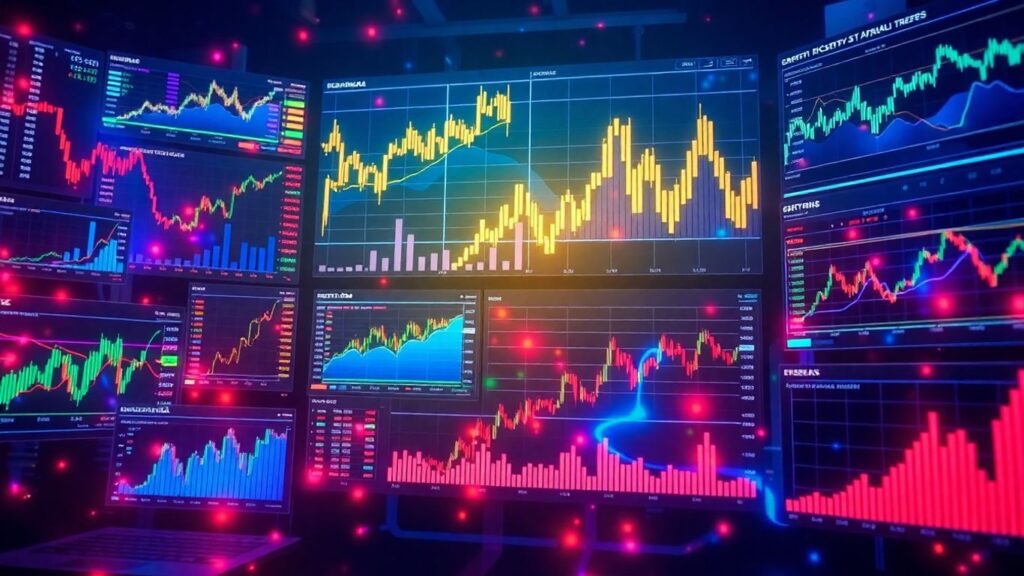
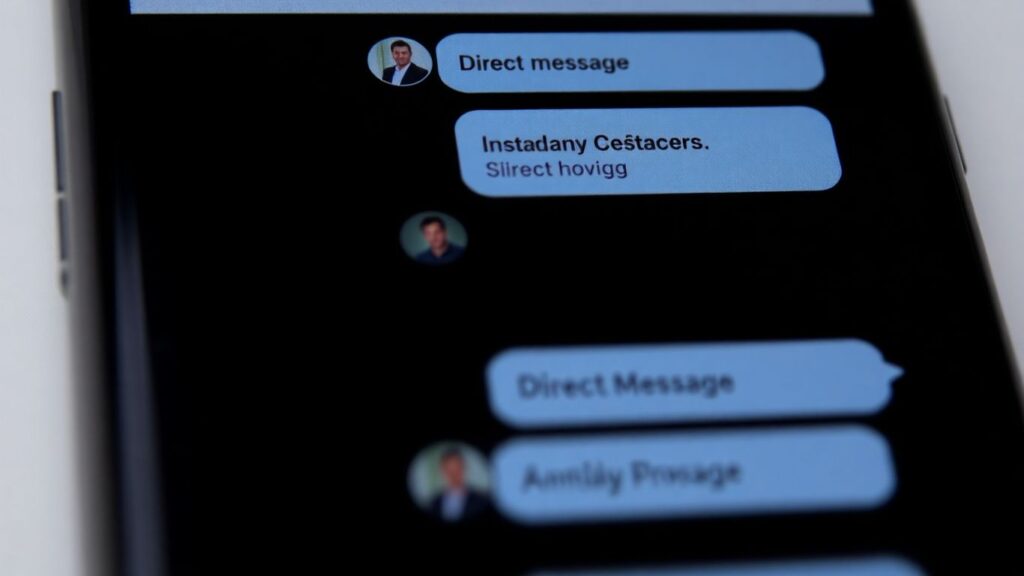
Responses